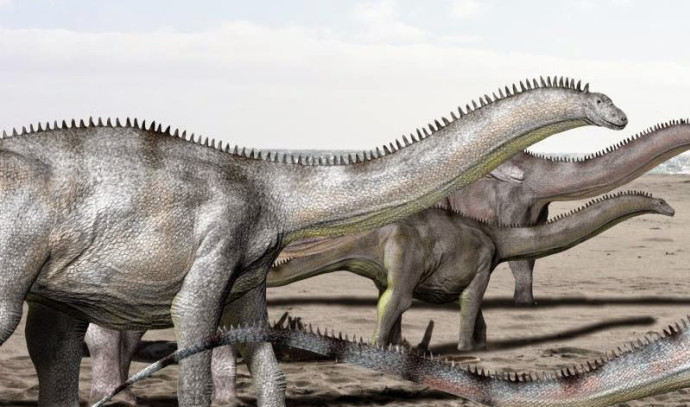Scientists have long debated whether an early form of man existed before the non-avian dinosaurs became extinct, but a new study published June 27 may end the debate.
Expert peer review researchPublished in the scientific journal Current BiologyUse statistical analysis of fossils to determine whether placental mammals lived before the extinction of the dinosaurs.
Placental mammal fossils have been found in rocks no more than 66 million years old, which coincides with the time when an asteroid hit Earth, causing the mass extinction. Based on this, the researchers believe that a group of placental mammals appeared after the mass extinction. However, some fossils that predate the asteroid have been found, indicating that placental mammals coexisted with dinosaurs and diversified and evolved after the asteroid.
It turns out that the primates that gave rise to humans, rabbits and hares, as well as dogs and cats, evolved just before the mass extinction, which means that the ancestors of humans lived with the dinosaurs. After surviving the asteroid impact, placental mammals reproduced and evolved, which may have caused the dinosaurs to lose their lives.
Image copyright ATHIT PERAWONGMETHA / REUTERS A girl rides a dinosaur statue during a Children’s Day celebration at a department store in Bangkok, Thailand January 14, 2023
The researchers commented on their study
We collected thousands of fossils of placental mammals and were able to see the patterns of origin and extinction of different groups. Based on this, we can estimate when placental mammals evolved,” Emily Carlyle, a researcher in the University of Bristol’s School of Earth Sciences, said in a statement from the university.
“The model we use estimates an age of origin based on when the subspecies first appeared in the fossil record, as well as the pattern of species diversification in subspecies over time. The age of extinction can be estimated based on the group’s last extinction appearance,” said Daniel Silvestro, a researcher at the University of Fribourg.
“Looking at the origins and extinctions, we can clearly see the impact of events such as the K-Pg mass extinction or the Paleocene-Eocene Thermal Maximum (PETM),” said Professor Phil Donoghue from the University of Bristol.












































